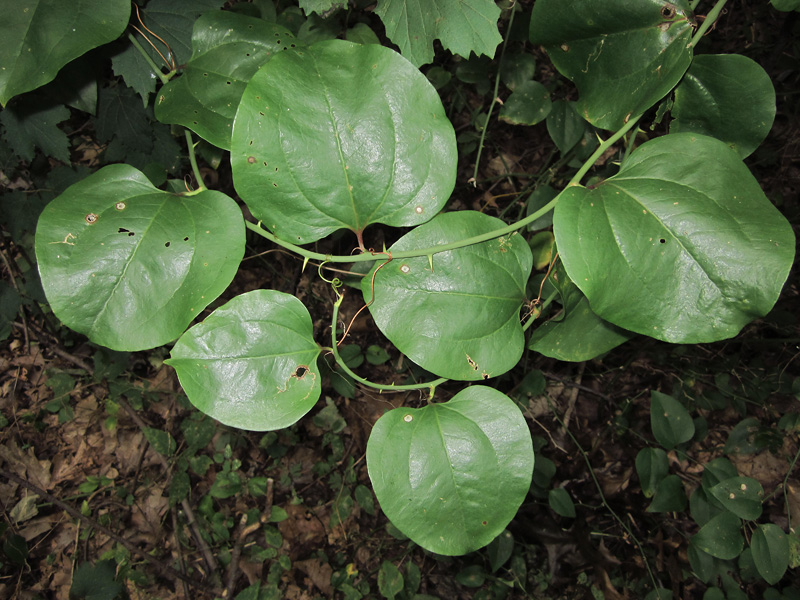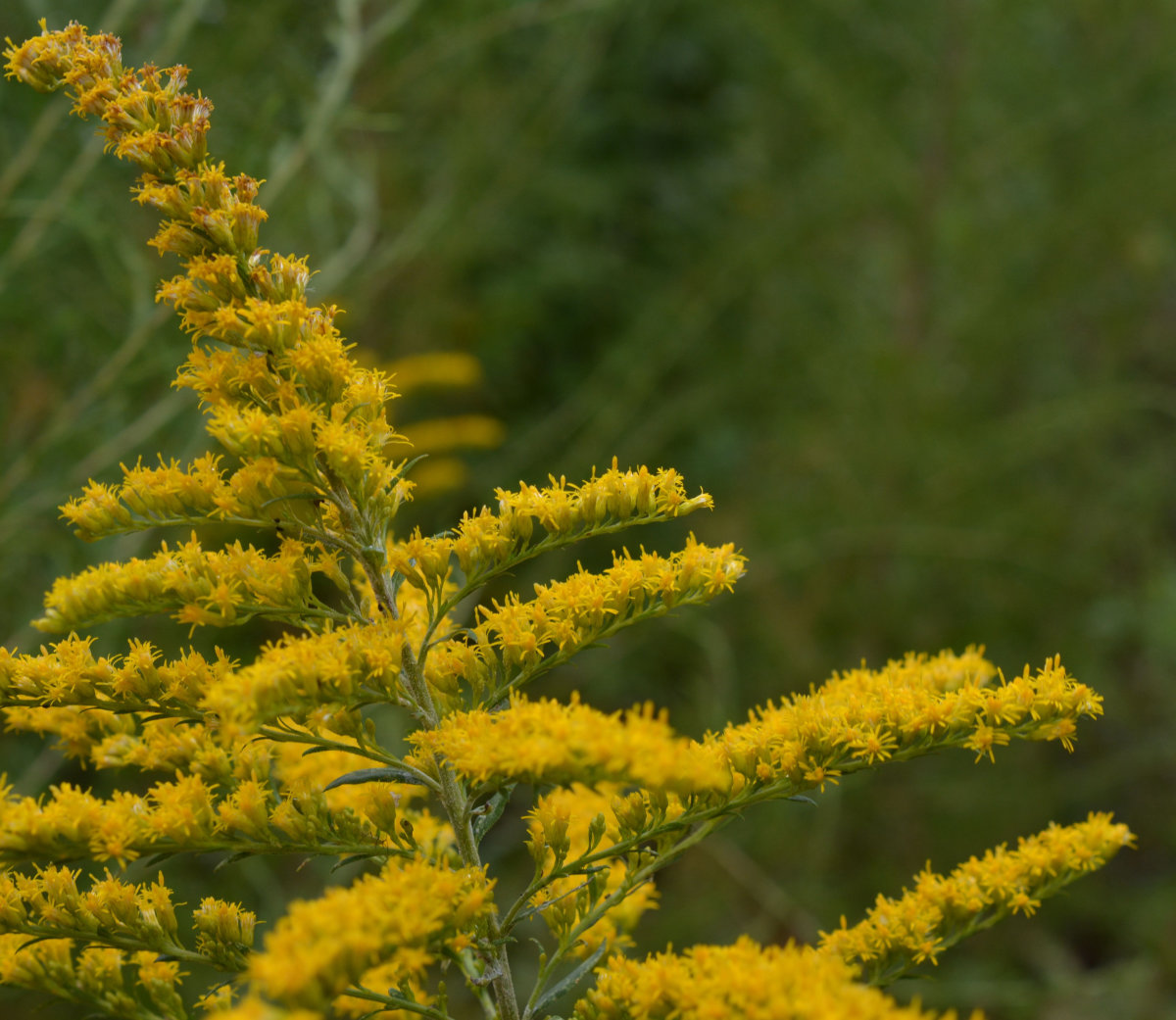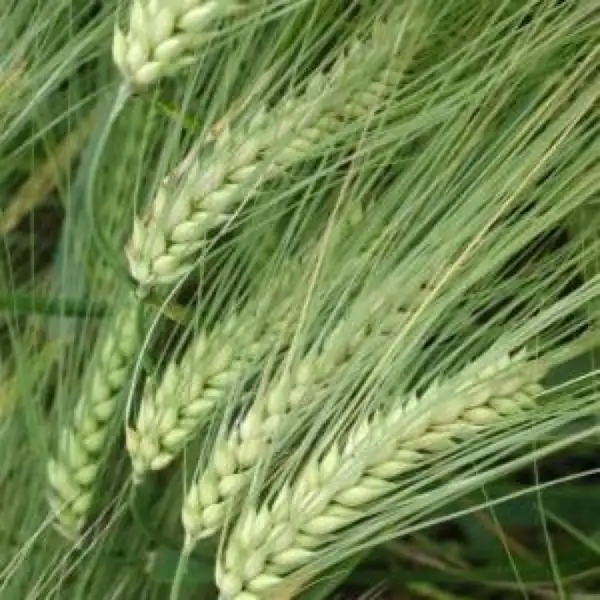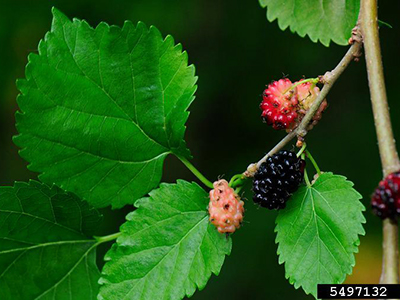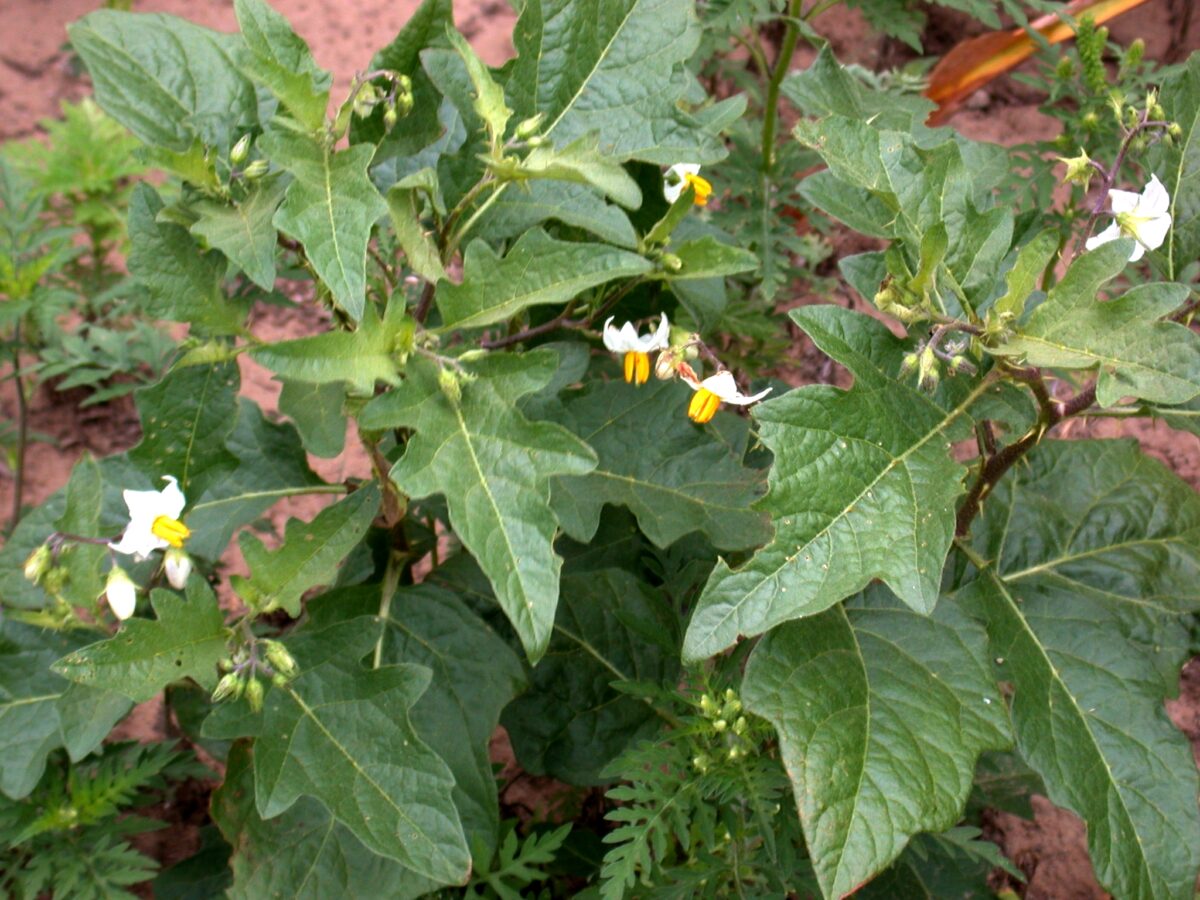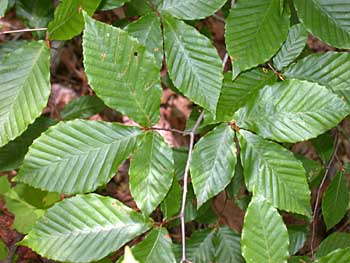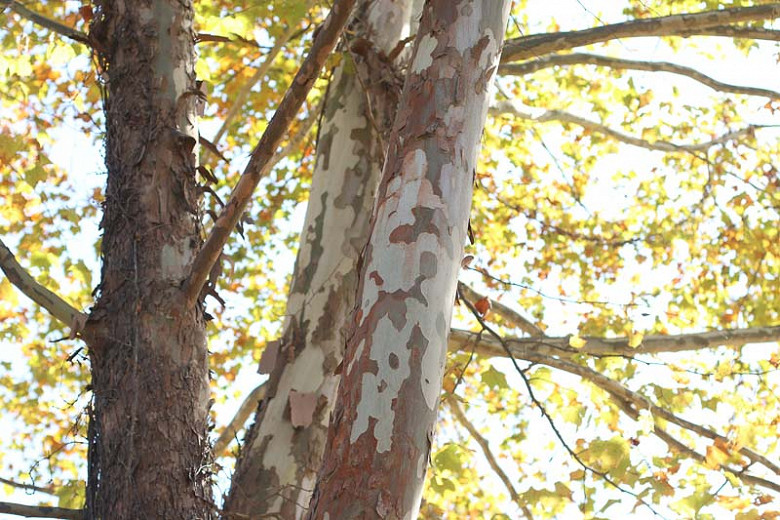See how many of these plants you can find in this park! Information and details about each plant are below.
PDF Information Sheet and PDF Worksheets K-12.
Disclaimer: Do not touch, consume, or manipulate any plants. Plants can have properties such as allergens, poisons, and toxins and can be harmful if improperly used, touched, or consumed. No liability is assumed on the park for the effects of such. This activity is for education, informational, and awareness of nature and plants and serves as enrichment and or K-12 supplemental activity.
| Plant | Description |
|
1. American Pokeweed (Phytolacca americana L.)
|
Phytolacca americana, also known as American pokeweed, pokeweed, poke sallet, dragonberries, and inkberry, is a poisonous, herbaceous perennial plant in the pokeweed family Phytolaccaceae. This pokeweed grows 1 to 3 metres. It has simple leaves on green to red or purplish stems and a large white taproot. |
|
2. Mayapple (Podophyllum peltatum)
|
Podophyllum peltatum is an herbaceous perennial plant in the family Berberidaceae. Its common names are mayapple, American mandrake, wild mandrake, and ground lemon. It is widespread across most of the eastern United States and southeastern Canada. |
|
3. Great Mullein (Verbascum thapsus)
|
Verbascum thapsus, the great mullein, greater mullein or common mullein is a species of mullein native to Europe, northern Africa, and Asia, and introduced in the Americas and Australia. It is a hairy biennial plant that can grow to 2 m tall or more. |
|
4. Red Baneberry (Actaea rubra)
|
Actaea rubra, the red baneberry or chinaberry, is a poisonous herbaceous flowering plant in the family Ranunculaceae, native to North America. |
|
5. Tulip Poplar (Liriodendron tulipifera)
|
Liriodendron tulipifera—known as the tulip tree, American tulip tree, tulipwood, tuliptree, tulip poplar, whitewood, fiddletree, and yellow-poplar—is the North American representative of the two-species genus Liriodendron, and the tallest eastern hardwood. |
|
6. Magnolia (Magnolia tripetala)
|
Magnolia tripetala, commonly called umbrella magnolia or simply umbrella-tree, is a deciduous tree native to the eastern United States in the Appalachian Mountains, the Ozarks, and the Ouachita Mountains. |
|
7. Common Greenbrier (Smilax rotundifolia)
|
Smilax rotundifolia, also known as roundleaf greenbrier or common greenbrier, is a woody vine native to the southeastern and eastern United States and eastern Canada. It is a common and conspicuous part of the natural forest ecosystems in much of its native range. |
|
8. Canadian Goldenrod (Solidago canadensis)
|
Solidago canadensis, known as Canada goldenrod or Canadian goldenrod, is an herbaceous perennial plant of the family Asteraceae. |
|
9. Rivet Wheat (Triticum turgidum)
|
Triticum turgidum (Rivet Wheat) is a species of annual grass in the family true grasses. They have a self-supporting growth form. They have simple, broad leaves. Individuals can grow to 1.2 m. |
|
10. Broad-Leaved Dock (Rumex obtusifolius)
|
Rumex obtusifolius, commonly known as bitter dock, broad-leaved dock, bluntleaf dock, dock leaf or butter dock, is a perennial plant in the family Polygonaceae. It is native to Europe, but is found on all temperate continents. |
|
11. Red Mulberry (Morus rubra)
|
Morus rubra, commonly known as the red mulberry, is a species of mulberry native to eastern and central North America. It is found from Ontario, Minnesota, and Vermont south to southern Florida, and west as far as southeastern South Dakota, Nebraska, Kansas, and central Texas. |
|
12. Carolina Horsenettle (Solanum carolinense)
|
Solanum carolinense, the Carolina horsenettle, is not a true nettle, but a member of the Solanaceae, or nightshade family. It is a perennial herbaceous plant, native to the southeastern United States, though its range has expanded throughout much of temperate North America. |
|
13. American Beech (Fagus grandifolia)
|
Fagus grandifolia, the American beech or North American beech, is a species of beech tree native to the eastern United States and extreme southeast of Canada. |
|
14. American Sycamore (Platanus occidentalis)
|
Platanus occidentalis, also known as American sycamore, American planetree, western plane, occidental plane, buttonwood, and water beech, is a species of Platanus native to the eastern and central United States, the mountains of northeastern Mexico, extreme southern Ontario, and possibly extreme southern Quebec |
|
15. White Ash (Fraxinus americana) |
Fraxinus americana, the white ash or American ash, is a species of ash tree native to eastern and central North America. The species is native to mesophytic hardwood forests from Nova Scotia west to Minnesota, south to northern Florida, and southwest to eastern Texas. |


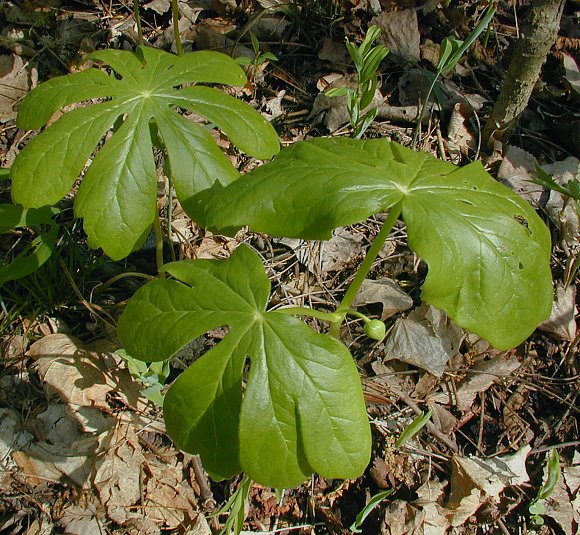



:max_bytes(150000):strip_icc()/magnolia-grandiflora-growing-guide-5200996-hero-65ba587077754209bb926f063d2fe6fa.jpg)
